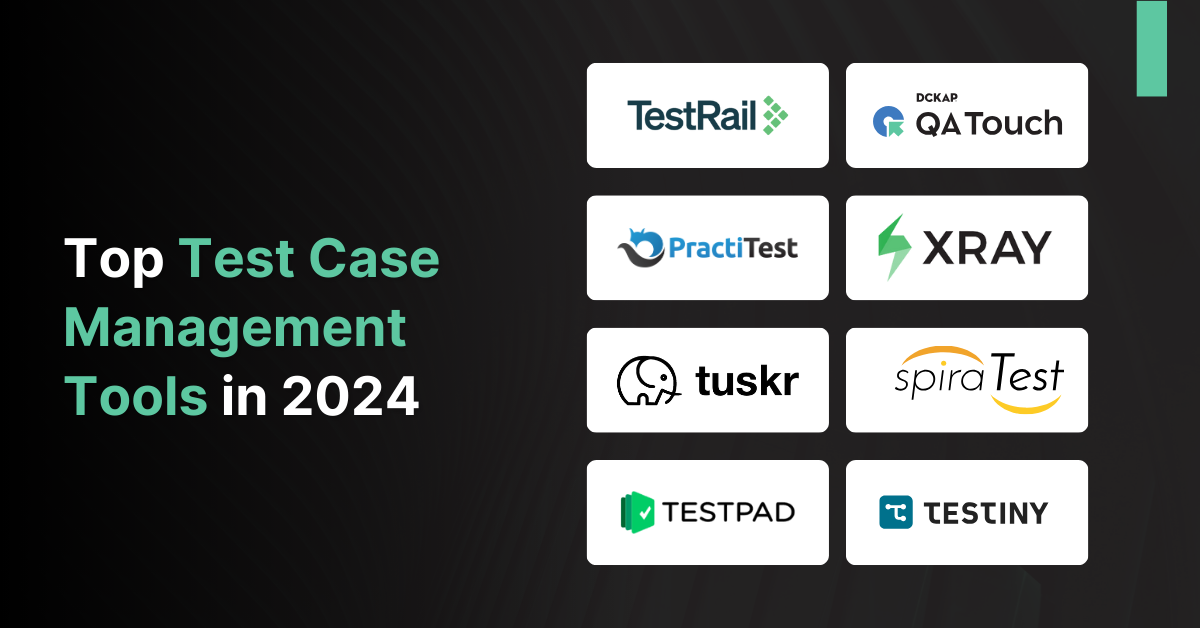Before we begin with Test Gap Analysis and what it means let’s understand some causes of the gaps in development and testing. It’s a very old belfie that is still going strong; developers and testers are like apples and oranges (means, very different, and they don’t easily gel with each other). It is so common in any organization (big and small) where the developers feel that testers are irresponsible and cause issues, and again it’s vice versa for testers.
Things are always intense between them. However, the times are changing, and so are the situations. And companies are looking for more alignment and collaboration between the two. This sort of fud is unavoidable yet risky to have any organization. Furthermore, it could lead to silos in communication that ultimately cause faulty software hampering its reputation. Gap Analysis can be an excellent way to bridge these two different personas driving them towards one goal called the ‘Quality.’
But, Why do we need any collaboration between a developer and a tester? How does it impact you as a tester or developer? What does it mean to you as an organization? Let’s look into it.
What is Test Gap Analysis in Testing process? Why is it important?
To be very straightforward, Gap Analysis is a fantastic tool to increase performance levels. The way it works is simple; it helps organizations understand where they want to be (in terms of goals) And to study the gap between where they are now and where they want to be and what steps can be taken to cease that gap. It’s a very general tool meaning it can be used at different levels and granularities. For instance, it can be used at an organizational level in project management, strategy development, and more.

Now in testing, when you develop software, you are likely to be too sure of testing the entire system. The testers take these code specifications then use specific combinations of preplanned exploratory testing to make sure everything ounce of the codebase is being tested. Even so, the whole system is not stable or static. Often companies either make long-live uniform releases, or they use Continuous Integration and Continuous Deployment. And in both of those scenarios, one thing is common that the changing codebase. Here not all the test cases are not up-to-date and again not at the same rate. At times even the testers are unaware of the code changes. And at other times, the changes in the code are simply pushed after certain tests are executed. Moreover, these tests may seem to pass but would have broken the code.
Also read: What is Continuous Integration, things you need to know.
Definition of Test Gap Analysis
Test Gap Analysis is basically a process of recognizing all these gaps in which the new code is deployed but not tested yet. Notably, it needs a blend of static analysis of code change and dynamic analysis of the apparent testing. A team can quickly see the gaps after analyzing and comparing both the analysis, which means that the new code is appropriately tested.
The process is typically run by outlining the code using a tree diagram where the code is split into functional blocks. Just under these blocks are the constituent classes, and right under those classes are the real methods and functions. Extending this tree that shows the code changes would be super easy to detect the fields where there’s a lack of test coverage.
Why does Test Gap Analysis matter?
Yeah, why does Test Gap analysis in Software Testing matter? Here’s a perfect explanation as to why it is important.
A study was conducted by the Munich Technical University researchers on the relationship between new, untested, and future software bugs. (which is indeed was an interesting one!) The study was carried out on one of Munich Re’s (an insurance company) IT systems in 2 releases for a long time and found some fascinating learnings. Here comes the 1st, around 3rd of entire code was passed and released without being tested. The 2nd one is that out of all bugs they tracked, around 70% – 80% are in the untested code.
Now let’s break this down for you people; the new code (Tested) had about 22 to 30 percent bugs. On the other hand, the rest of the bugs were equally divided between the new and old untested code. This means that new, untested code is deemed for having an exponentially high no. of bugs.
And that’s where comes the role of the Gap Analysis in Testing. It is mechanized to detect untested code. Moreover, it helps in so many other ways as well. For example, it enables you to find the outdated areas in the apparent code. It focuses on the areas where you need to pay more attention and invest your testing resources on. Ultimately, using this method can help your managers and team improve their test planning, improving new code and the test coverage.
Who will benefit from the Test Gap Analysis?
Test Gap Analysis is really a great tool for software development and testing. However, its benefits may differ from organization to organization. For instance, the teams with a long-lived codebase tend to enjoy and benefit more, whereas the short-lived codebase, given that most of their code is untested at the start. Plus, teams approaching CI/CD can, without a doubt, benefit from the Test Gap Analysis. It can help the testers find what is being changed in a code and focus more on those areas.
Conclusion:
As mentioned above, the Test Gap Analysis is a great tool and would help you bridge gaps that are mentioned in the blog. And this can go in vain without solid communication among the team. It is really hard to pull out any sort of technique, affecting the product, releases, quality, and even the organization’s reputation.
For better team collaboration, understanding, and success, and good strategies, you need communication. And good communication brings great ideas and speeds up growth. Nonetheless, certain best practices bring about significant improve individual performance, which again a bonus for the team. Here is a good piece that can boost your productivity, ensuring your and your team’s growth. That’s all we have for now on the Test Gap Analysis, and we’ll be posting more on the topic in our forthcoming publications.
Before you go…
Folks, if you like the type of content we publish, do subscribe to our blog. And if you are rigorously searching for that just right kind of Test Management tool, you can try QA Touch for free; it’s a fair try. We are keen on educating, entertaining, and elevating testers worldwide so, we love and enjoy doing that on our website and on social media. We post everything from trending to tricky in testing. Serving the QA Community from beginners to professionals is our passion, and you can actually be a part of it too. Do check us out there (you are sure to enjoy) and gives us a thumbs-up, and don’t forget to hit that subscribe button.
P.S The hub of learning QA Masterclass is back with a brand new season and the season is kicking off well with fantastic industry expert teaching amazing trends and techniques.











